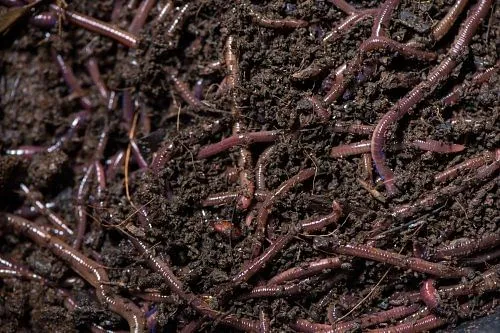FertiliSers and manure are vital for maintaining soil health and good produce. From the last few years the fertiliSers are in high demand but the costs are touching sky. It has made the farmers face hardships.
Overdose of chemical fertilisers has a negative impact on soil health which causes much salinity in soil, hampers the growth of microbes.
Consequently production and quality of yield is affected. Farmers are using manure and other organic substances but unscientific and non technical procedures result in energy waste.
Technical knowhow has revolutionised the formation of manure and we have become able to use most of trash and waste material into compost which is a rich source of Nitrogen, and Phosphorus.
Farmers face financial strains as fertilisers are getting very expensive. Most of them do not know that organic waste of their farmland, cow dung and excreta of livestock is a boon for them, provided they learn efficient use of organic waste on a scientific basis.
They can manufacture their own black gold (compost) in their farm yards, orchards and other feasible places. They should imbibe the expertise and understand proper preparation and method of compost formation. We have aerobic, anaerobic, and vermicompost ways that are feasible.
The demand for vermicompost is increasing day by day as it has less side effects on plants, and production and quality of such farm produce and fruits are good. Even some farmers are manufacturing it on a commercial basis and they yield high profit in the market. In vermicompost various earthworms are used to prepare it.
Compost is formed by natural processes, the organic matter like food left over and other organic waste are collected at specific places in organic pits and within 50 to 60 days most of organic substances are decomposed by earthworms. The time of decomposition also depends on the nature of the material.
This green gold makes soil rich with nutrients and is an eco-friendly process as it cleans organic waste and saves environment degradation. It fills land and reduces the quantum of methane and reduces the greenhouse effect. It can be done both at micro level with minimum land and at large commercial scale by natural process.
We can use various things for preparing compost viz. leaves, yard trimmings, hair, news papers clothes made from wool or cotton, decayed wood parts, egg shells, fruits, vegetables, tea leaves, herbs and manure. We use compost pit generally, even some compost bins are in the market for this purpose.
A small compost pit can be made 1feet deep, 2 feet wide, and 2 feet long; or three feet by three feet pit. The material is poured by shovel and stick is also used to tease it in the pit, and water is sprinkled as per expert advice at appropriate time. It should also get adequate sunlight and water should never remain standing for much time otherwise decomposing will get hampered.
Vermicompost is becoming popular and it will soon replace synthetic fertilisers at large scale. Earthworms play a role through burrowing and feeding. It creates good soil structure, releases nitrogen from soil which otherwise remains locked in soil.
Vermicompost provides essential nutrients to plants, and organic farming flourishes while improving soil health without any major counter effect on the environment. Variety of organic refusals are used for formation of compost preferably agriculture waste, forest litters, kitchen waste.
The compost pits are made with cement, brick tank, plastic and wooden boxes, baskets, buckets, which are readily used and even simple soil pits are used under favoUrably maintained conditions, like adequate moisture neutral PH, aeration, AND temperature.
There are various types of earthworms which work on its formation but red worms are ideal. The solid waste is treated to form compost by biological process, the organic portion of refuse is decomposed by microbes and it is metabolised and compost is formed.
It is also used as soil conditioner or mulch. Mulch is a process in which compost or other organic materials are applied to the soil for conservation of soil moisture, improving fertility and health of the soil, hampering the growth of weeds, reducing weed growth and improving the soil structure and fertility.
Disclaimer: The views and opinions expressed in this article are the personal opinions of the author.
The facts, analysis, assumptions and perspective appearing in the article do not reflect the views of GK.






